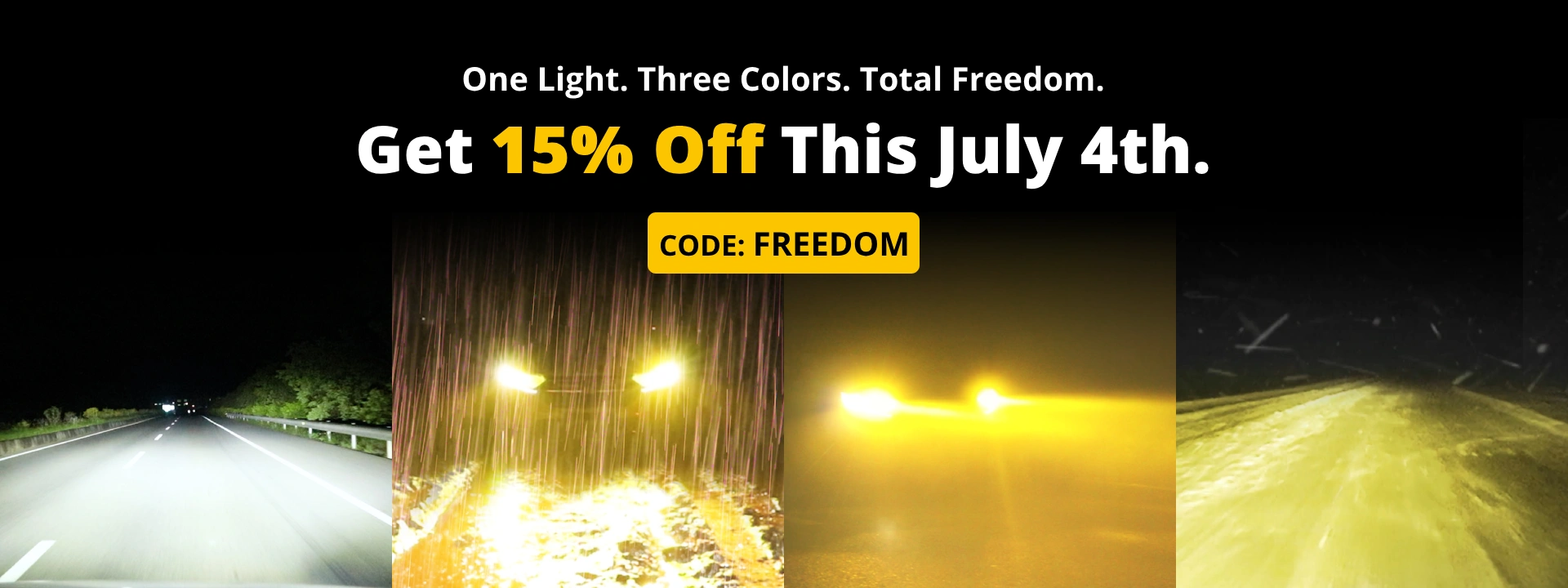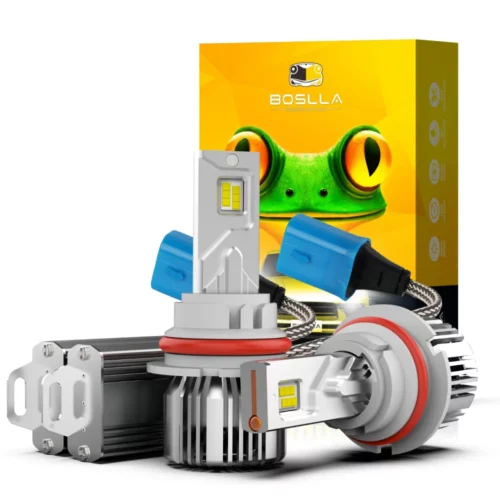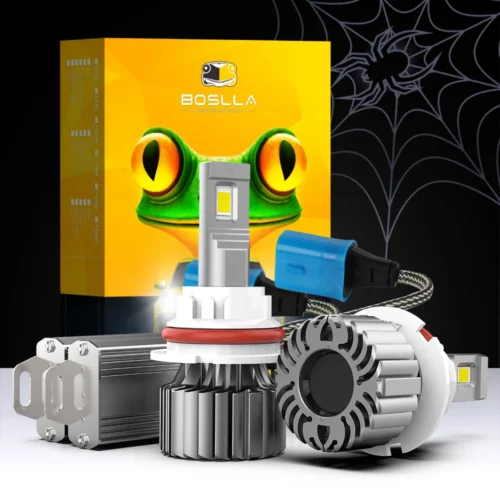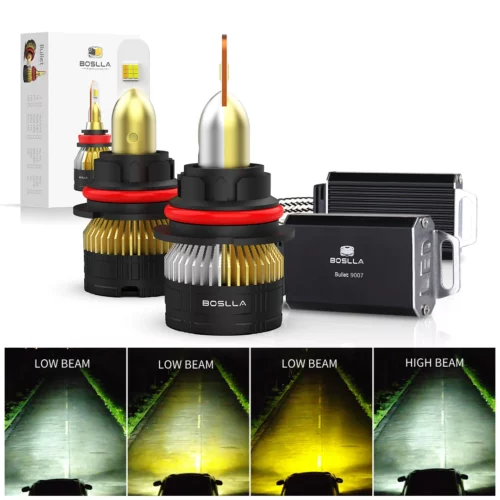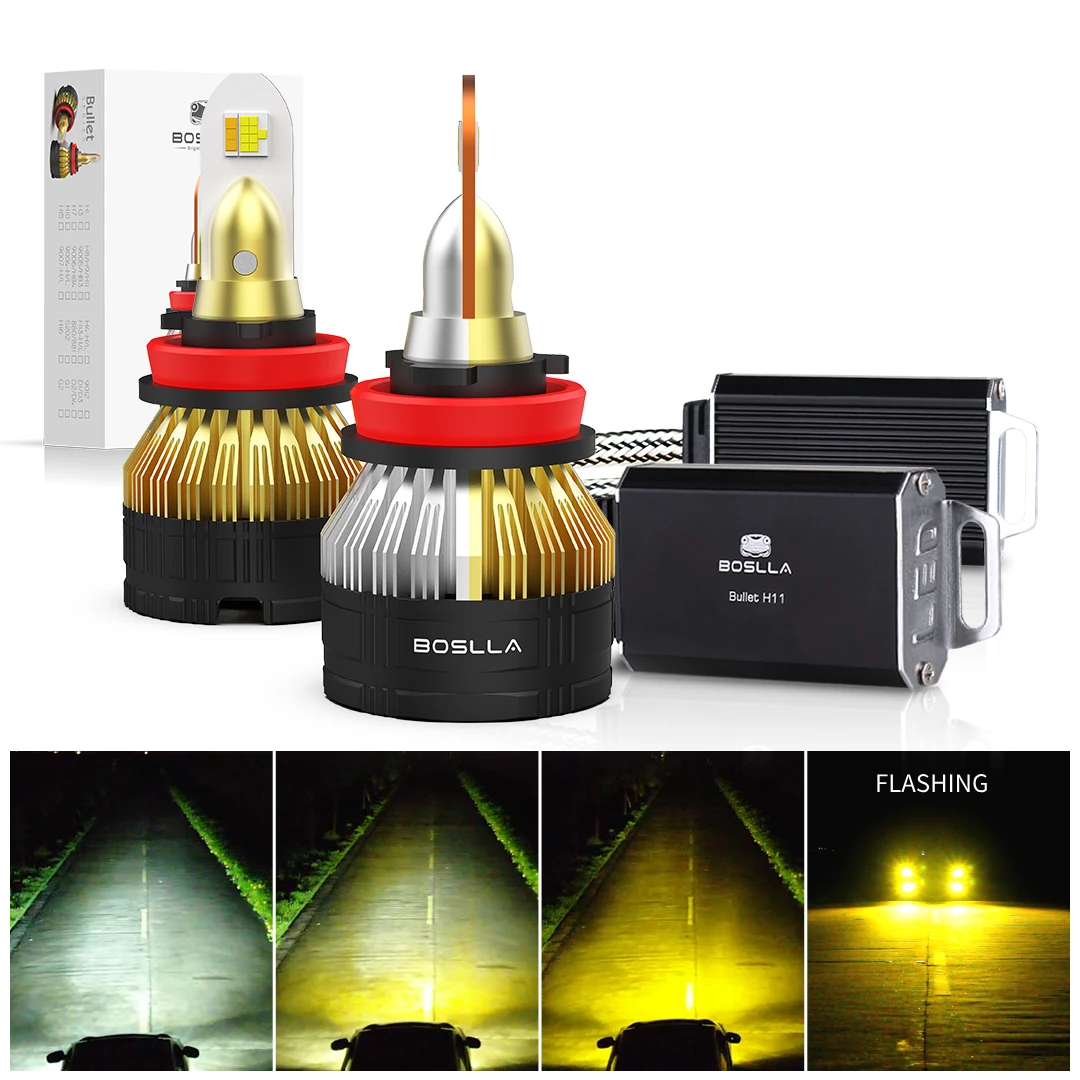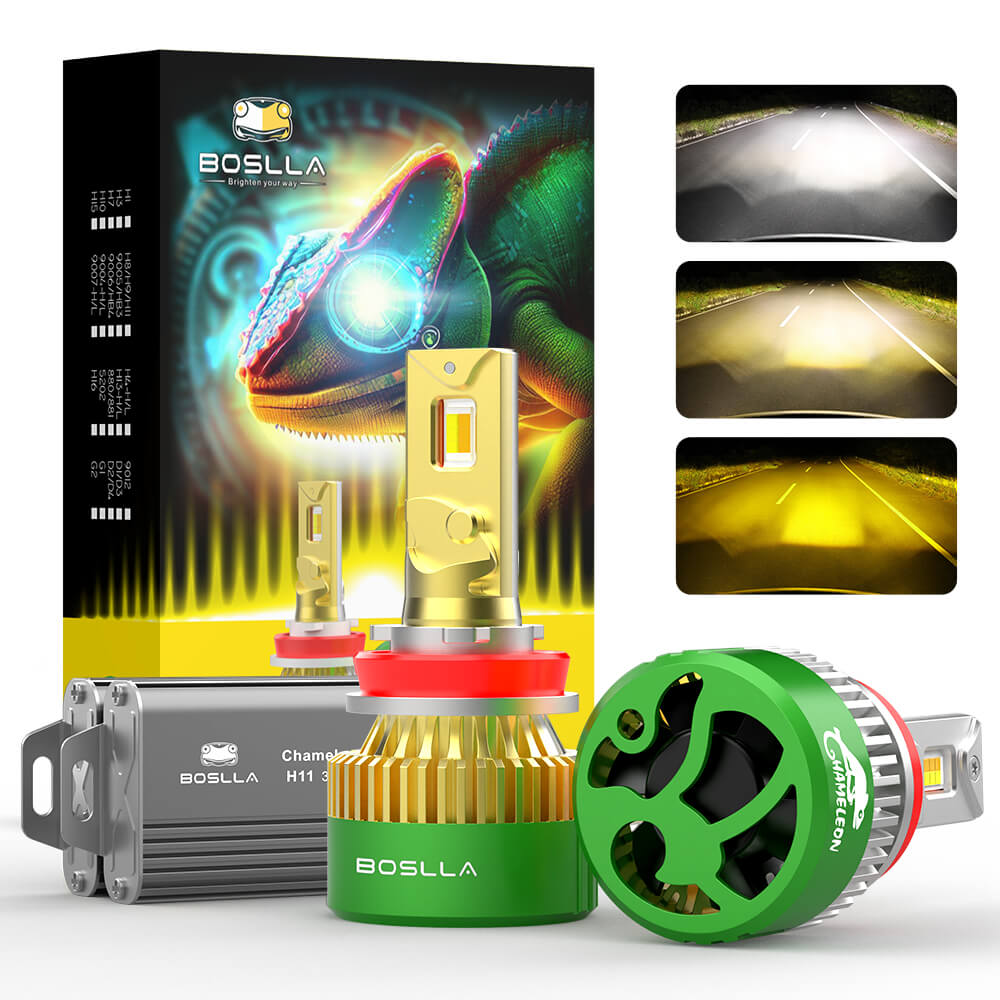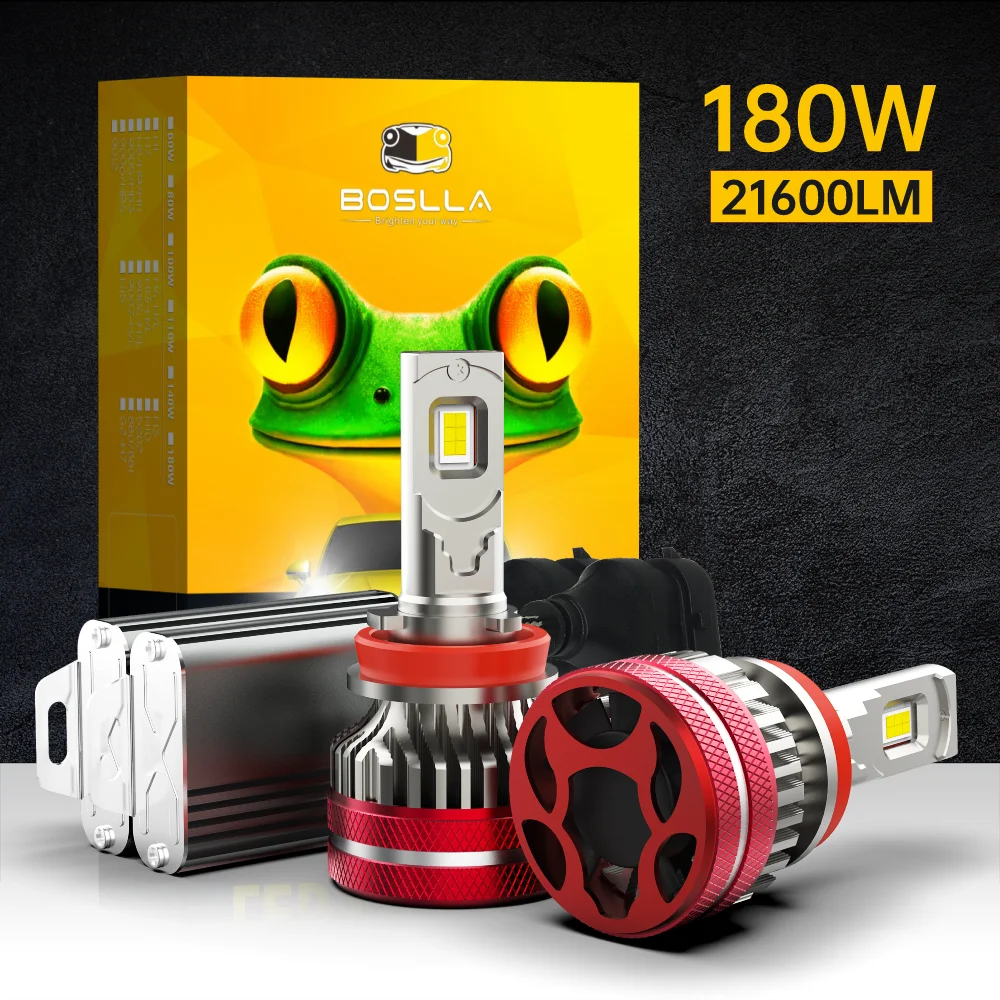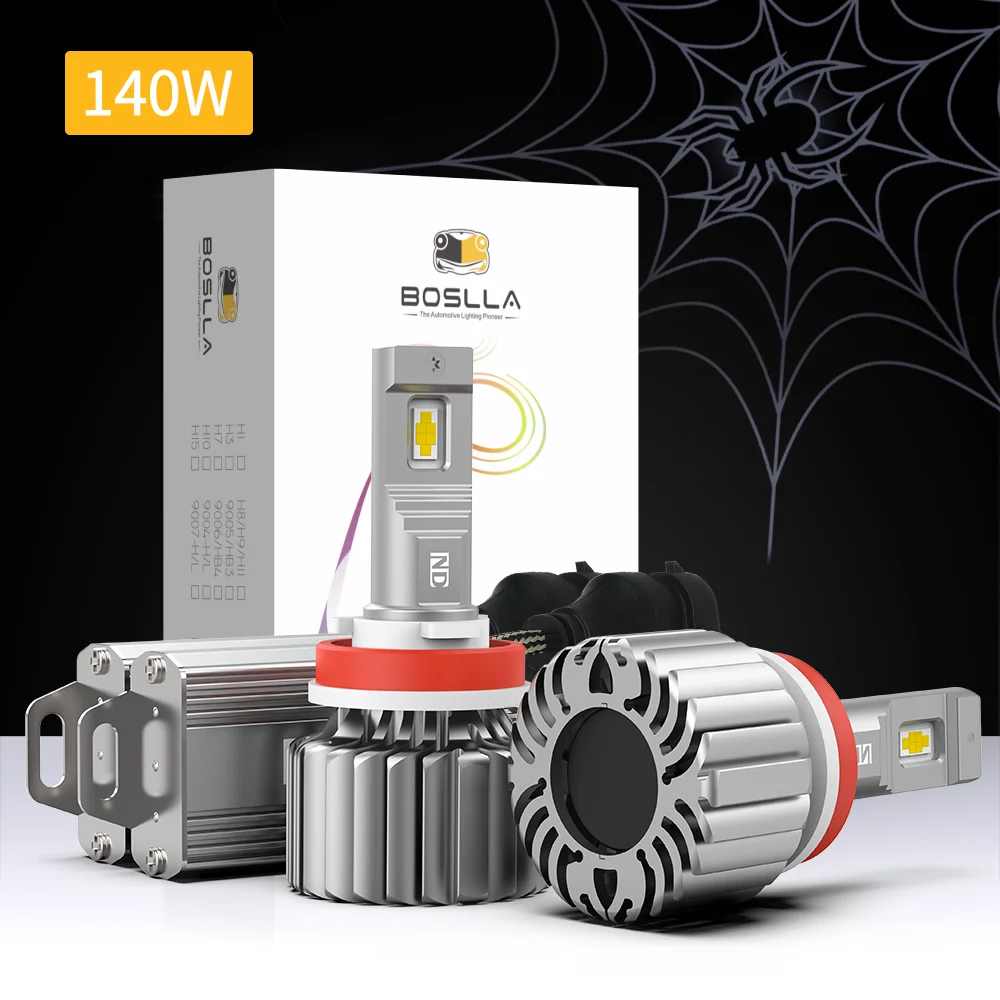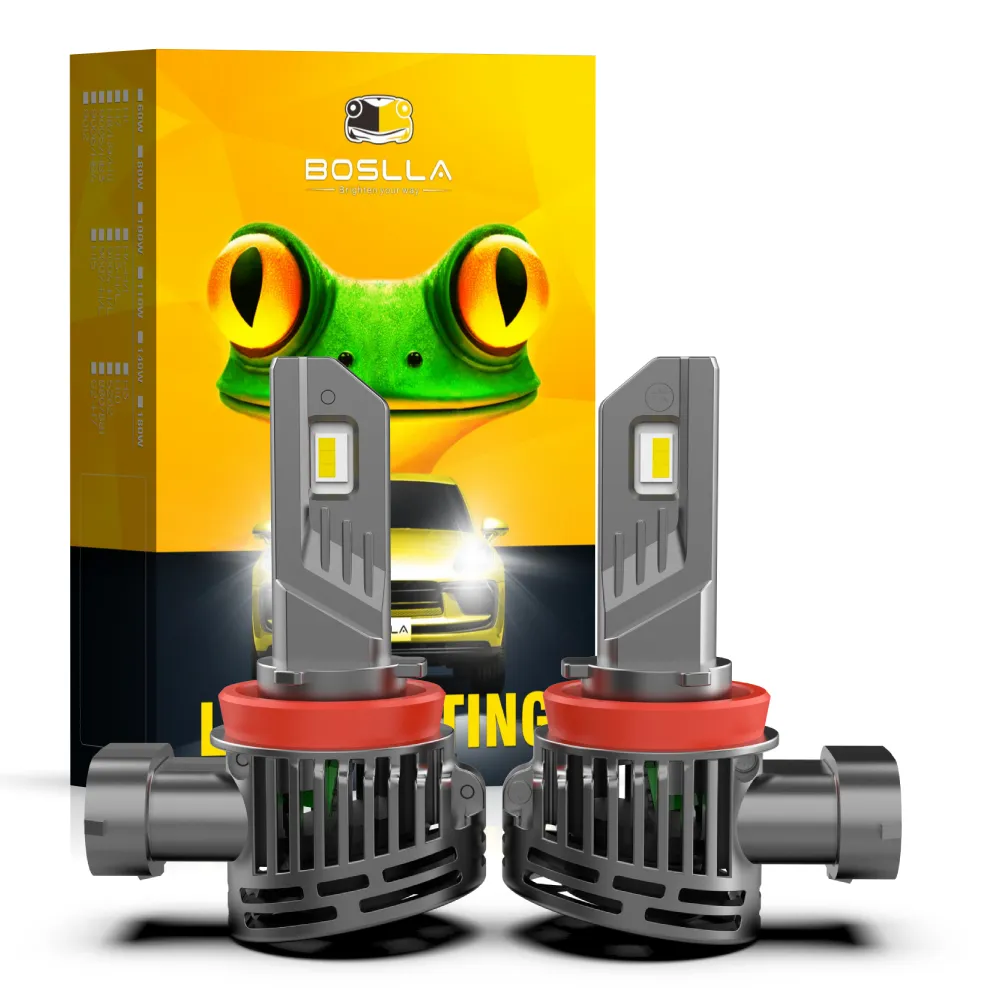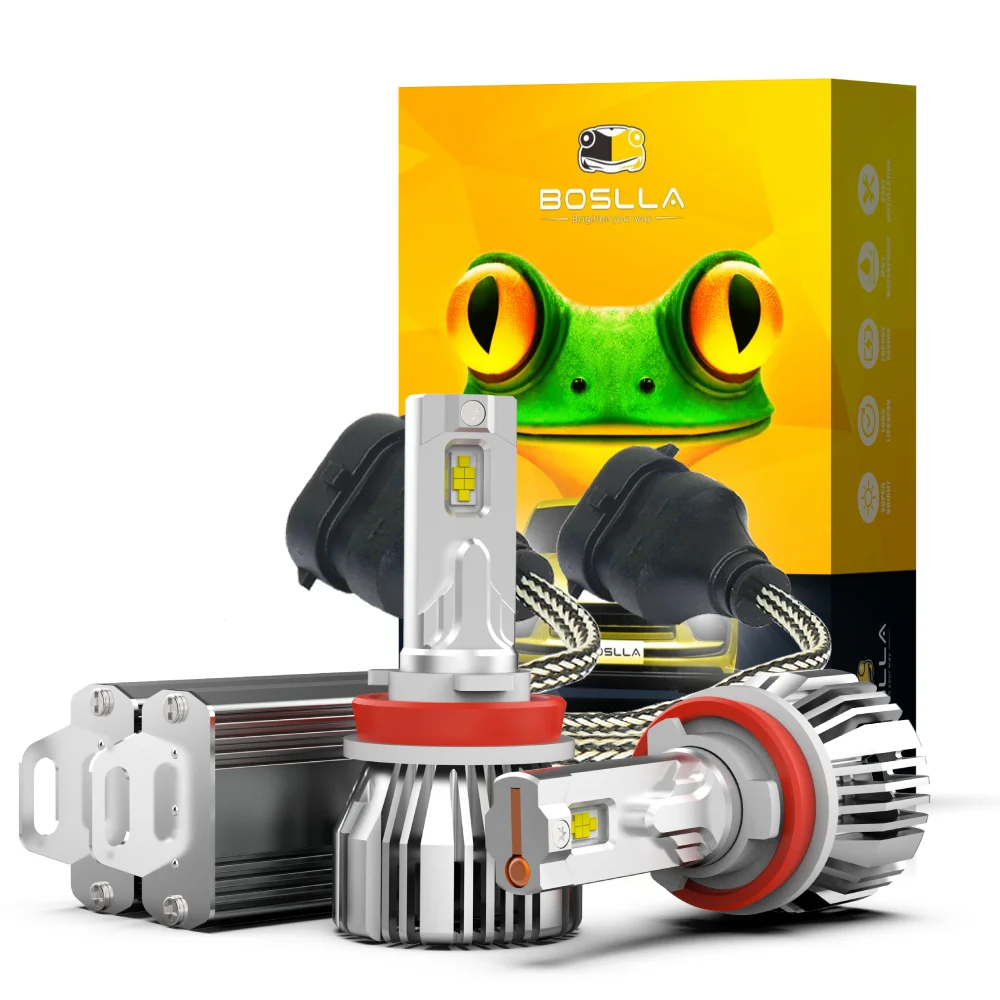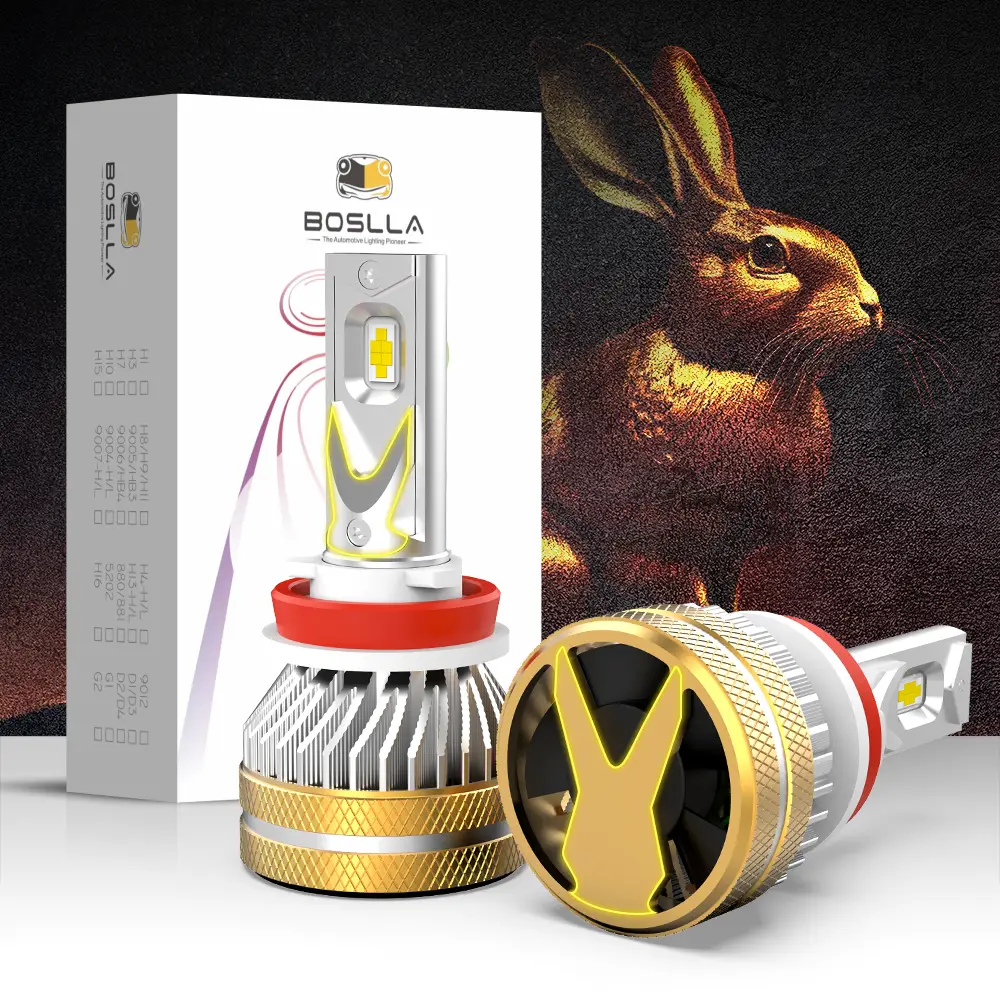Find My Vehicle
Table of Contents
Have you ever noticed that your 9007 LED light bulb seems to have the low and high beams reversed? Some owners have experienced this issue when they replaced 9007 Halogen with 9007 LED bulbs. Next, we’ll help you how to fix the issue.
Understanding the 9007 Light Bulb
The 9007 LED bulb is a popular choice for many vehicles due to its versatility and brightness. It is commonly used for both low and high beams, making it an essential component of any car’s lighting system. However, some owners have reported that when they replaced Halogen with LED bulbs their 9007 light bulbs seem to have the low and high beams reversed, causing confusion and frustration. Let’s explore the reasons why the high and low beams of the 9007 bulb are reversed.
Reasons for Reversed of 9007 Headlight Bulb Low and High Beam
It may of an issue with the vehicle’s factory wiring orientation. Halogen bulbs are not affected by polarity therefore some car manufacturers may have their polarity reversed. If so, when you upgrade the halogen to LED bulbs the 9007 Low and High beam may will have the polarity reverse issue.
How to Fix the Issue
In this case, please swap the polarity poles of the high beam and low beam on your 9007 sockets as the following picture shows. The last step: inspect the wiring connections to ensure they are properly set up.
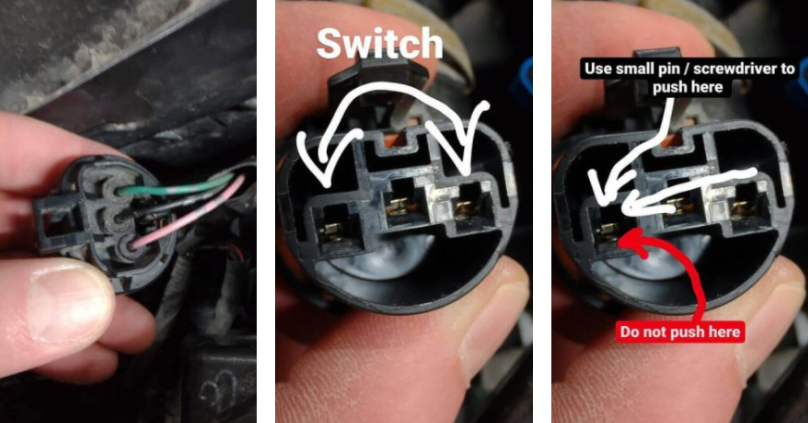
Refer Video:
Conclusion
In conclusion, a reversed low and high beam with your 9007 light bulb can be a frustrating issue to deal with. By understanding the reasons behind this phenomenon and following the steps outlined above, you can effectively fix the problem and ensure that your vehicle’s lighting system is working correctly. Remember to always pay attention to the installation and wiring of your LED 9007 light bulb to prevent any future issues from occurring.
LED Headlight Bulb Comparison
Not sure which LED bulb to choose for your headlights? The comparison chart below will help you make the ideal choice for your vehicle.
LED Headlight Bulb FAQs
Here, we address some common questions regarding car light bulbs.
Are LED headlight bulbs
LED bulbs are legal in many countries, but the legality of aftermarket LED replacements depends on local regulations. Always check your local laws to ensure compliance, as improper installation or using non-compliant bulbs may cause glare for other drivers.
How do I know if an LED headlight bulb is compatible with my car?
Check your vehicle’s manual for the correct bulb size and type, or use our Auto Bulb Finder tools by entering your vehicle’s make, model, and year. Compatibility is crucial for fit and functionality.
What should I consider when buying LED headlight bulbs?
Consider the following factors when purchasing LED headlight bulbs:
- Compatibility with your vehicle’s make and model.
- The correct bulb size.
- Brightness and color temperature.
- Cooling system (fan or heat sink).
- Warranty and quality of the bulbs.
- Whether additional accessories (CANbus decoder, anti-flicker module) are needed.
Are there different color options for LED headlight bulbs?
Yes, LED headlight bulbs come in various color temperatures, usually measured in Kelvin (K). Common options include:
- 3000K: Yellow light, similar to halogen bulbs, good for fog lights.
- 5000K-6000K: Pure white light, ideal for headlights.
- 6500K and above: Bluish-white light, often seen in high-end or custom vehicles.
What’s the difference between single-beam and dual-beam LED headlight bulbs?
- Single-beam LED bulbs have one function, either high beam or low beam, so you need separate bulbs for each function.
- Dual-beam LED bulbs combine both high and low beams in one unit, with a mechanism that switches between the two.
Can I replace halogen bulbs with LED headlight bulbs?
Yes, in most cases, LED headlight bulbs can replace halogen bulbs as long as the bulbs fit the vehicle’s housing and have the correct connector type. However, ensure the LED kit is compatible with your vehicle’s electrical system.
Can I install LED headlight bulbs myself?
Yes, many LED headlight bulbs are designed for easy plug-and-play installation. However, some vehicles may require additional components like adapters or anti-flicker modules, and in those cases, professional installation might be recommended.
Do I need a conversion kit for LED headlight bulbs?
Some vehicles may require an LED conversion kit or adapter to install LED headlight bulbs, especially if your vehicle has halogen or HID lighting. These kits ensure the bulbs fit properly and work with your vehicle’s electrical system.
Will LED headlights blind other drivers?
Properly installed LED headlights that are aligned correctly should not blind other drivers. Misalignment or using bulbs that are too bright for your vehicle can cause excessive glare, making driving dangerous for others.
Can LED headlights be adjusted for beam pattern?
Yes, many LED headlight bulbs allow for beam pattern adjustment. Some bulbs have adjustable bases to help fine-tune the angle and direction of the light, ensuring a proper beam pattern without causing glare to oncoming drivers.
Can LED bulbs cause flickering?
LED bulbs may flicker if there are compatibility issues with the vehicle’s electrical system or if a ballast or CANbus adapter is not used. Some vehicles with specific electronic systems require these adapters to prevent flickering.
Will LED headlights interfere with my radio or electronics?
In some cases, LED headlights can cause radio interference due to the electromagnetic signals they emit. This issue can often be resolved by using higher-quality LED bulbs with built-in anti-interference features or installing an external filter to reduce interference.
Do LED headlights save battery life?
Yes, LED headlights use less power than halogen bulbs, which can help save your vehicle's battery life, especially in situations where lights are used extensively.
Do LED headlights generate more heat than halogen bulbs?
No, LED headlights generate significantly less heat than halogen bulbs. This helps prevent overheating and damage to surrounding components, contributing to the bulb's longer lifespan.


